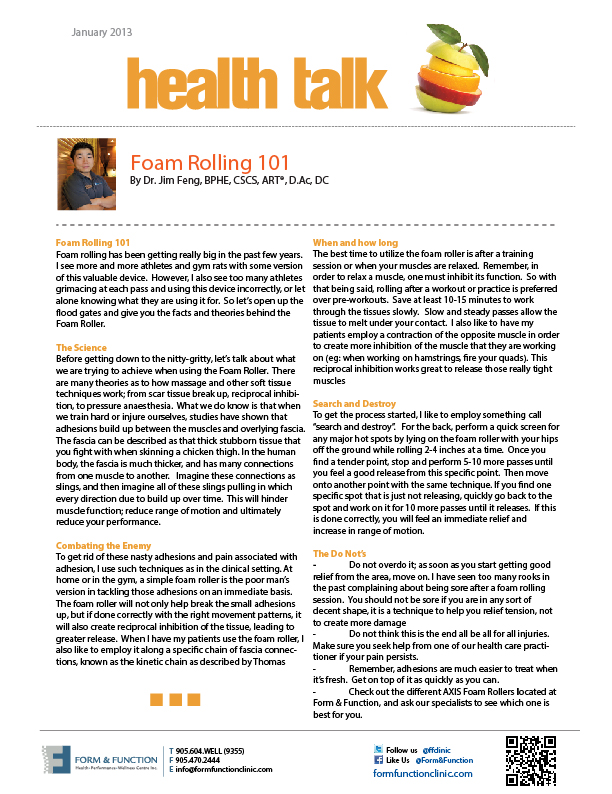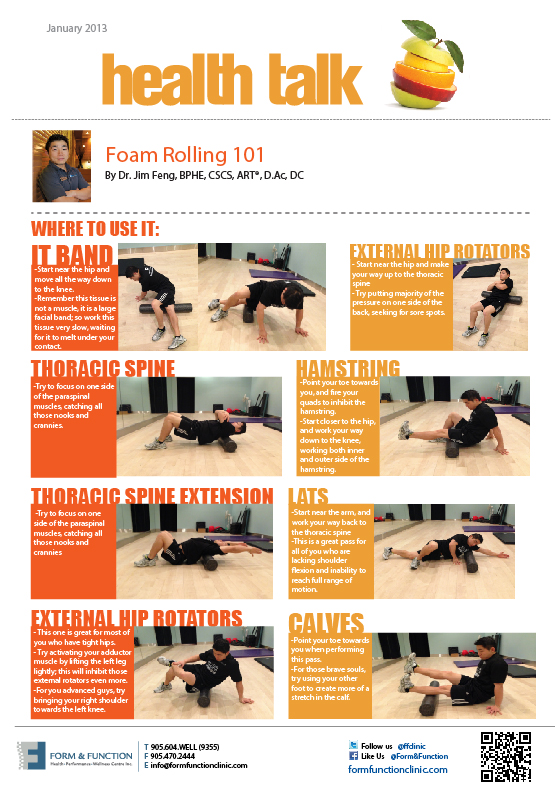Relieve the stress from your desk
Does your desk cause you pain? What can I do to relieve the tightness in my shoulders or neck? If you have asked yourself these questions, I have a few suggestions that can help.
- Raise your monitor. The top of your monitor screen should be at eye level. This will allow you to sit in an upright posture without looking down. When the monitor is too low it pulls your head forward which increases the strain on your neck.
- Support your forearms/elbows. When you have to constantly hold up your arms your shoulder/trapezius muscles are always on. Use your desk or the arm rests on your chair to give your shoulders a break.
- Take a break every 45 min. Change postures (recline in your chair, shift in your seat, etc.) or get up out of your chair. This will not allow you to build up the stress in your tissues that can lead to tightness and pain.
- Get more strategies and treatment from your healthcare professional. I always give my patients specific strategies to help them with the stress from their desk. The key is not to let the tension build up in the tissues and utilize strategies (i.e. stretching, postural changes & movement strategies) that can break the stress building cycles.
For more information please contact me.
Dr. Paul


